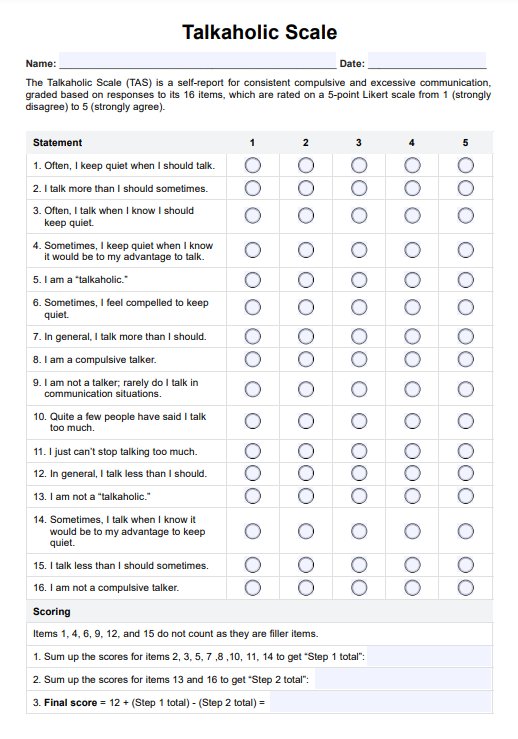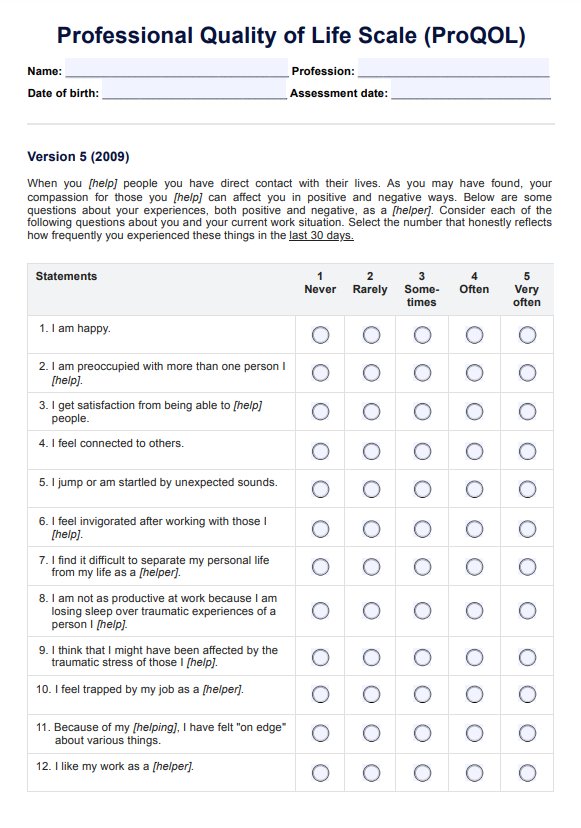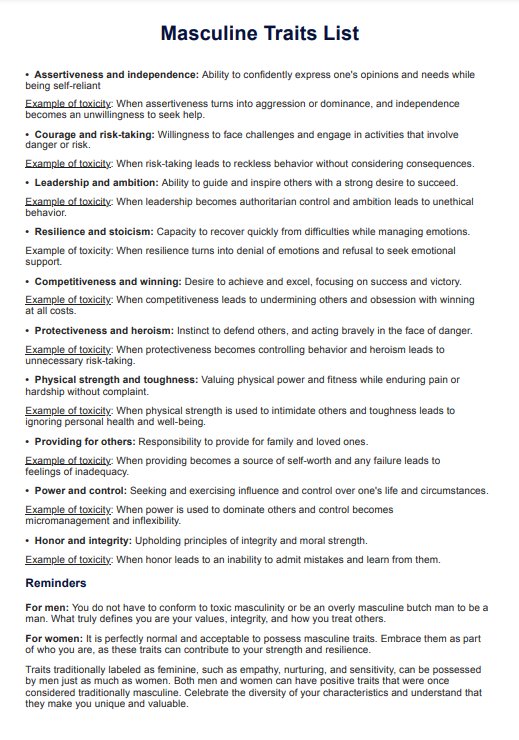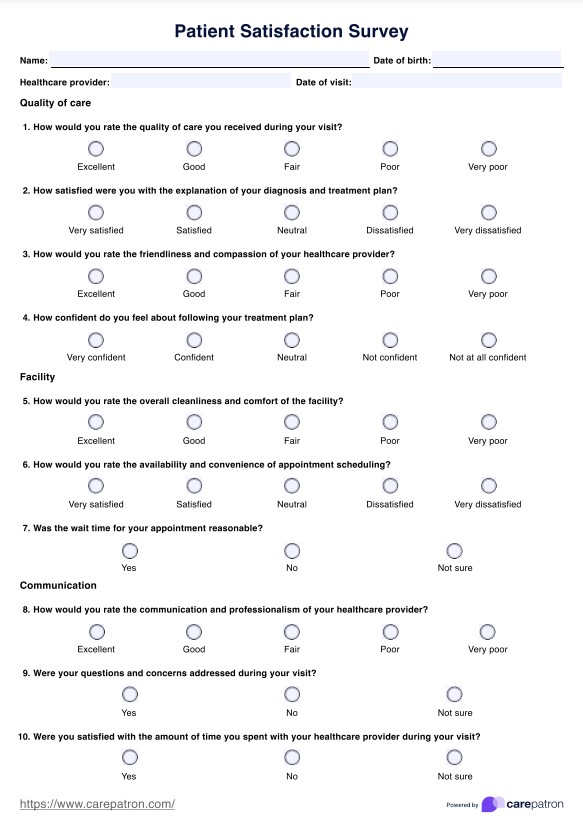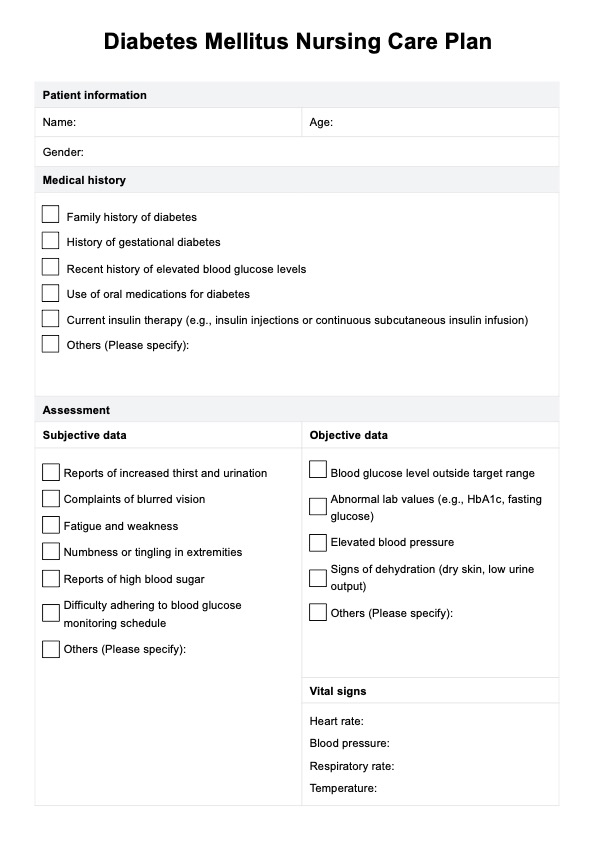Exercise Worksheet
Help clients stay motivated and organized with our Exercise Worksheet. Get this template for free today!


The impacts of exercise on mental health
You’ve likely seen how the demands of daily life can leave patients mentally drained and emotionally overwhelmed. Many come into your care burdened by chronic stress, anxiety, or persistent low mood—often unsure where to start on their path to better mental health.
One of the simplest, most effective tools you can offer is regular physical activity. Exercise isn’t just about building strength or endurance—it’s a powerful, evidence-based intervention for improving mood, reducing stress, and supporting overall mental well-being. By introducing this concept as part of a patient’s care plan, you can help shift their recovery in a meaningful and lasting way.
A large-scale study by Chekroud et al. (2018), which analyzed data from over a million U.S. adults, highlights the powerful connection between exercise and mental health. The researchers found that people who engaged in physical activity reported 43.2% fewer days of poor mental health over one month compared to those who did not exercise. This association held true across various demographics and was particularly notable with activities such as team sports, cycling, and aerobic exercise.
This means that prescribing or encouraging regular movement can be an effective, low-cost intervention to improve your patients' mental health. Whether you recommend a daily walk, suggest group fitness classes, or discuss cycling or other aerobic activities, you have an opportunity to guide them toward habits that promote emotional resilience and reduce psychological distress.
Exercise Worksheet Template
Exercise Worksheet Example
How to use this Exercise Worksheet?
An Exercise Worksheet can be used to help your clients reflect on their fitness routines. Here are step-by-step instructions on effectively using the worksheet and incorporating exercise into your clients' routines:
Step 1: Access the template
To get started, click "Use template" to access the Exercise Worksheet template through the Carepatron platform, where you can customize it for your client's needs. You may also click "Download" for a ready-to-print PDF copy.
Step 2: Have the client fill out the worksheet
Guide your client through each section at their own pace. Encourage them to approach it with acceptance—no judgment, just honest reflection. This step helps them recognize where they are now and what kind of exercise routine feels realistic.
If they struggle with motivation, have them pause for a moment, check in with how they’re feeling, and notice how movement affects their emotions. This practice helps them stay present and engaged.
Step 3: Use it as a progress tracker
Encourage clients to check back in with their worksheet regularly. They can update their activity levels, adjust their goals, or make notes on what’s working (and what’s not). Over time, this small habit helps them stay connected to their body, emotions, and overall well-being.
Benefits of using Exercise Worksheets
An Exercise Worksheet is a simple yet effective way to help clients stay consistent with their movement goals. Here are a few reasons why it’s worth using:
Easy to use
Clients can quickly jot down their goals, track their progress, and adjust their routines as needed. This helps them focus on staying active and feeling good without overcomplicating the process.
Saves time
Instead of creating workout plans from scratch, this worksheet provides a ready-to-use format. It cuts down on guesswork, making it easier for both practitioners and clients to stay organized. With a clear plan in place, sessions can be more productive and goal-oriented.
Available in digital and printable formats
Whether you prefer paper or digital tools, this worksheet works both ways. Clients can print a copy to fill out by hand or use it on a device for easy updates. Having both options makes it more accessible and adaptable to different needs.
Other useful resources for improving physical health
At Carepatron, we are committed to supporting your clients toward better physical health, offering a range of additional resources to complement your efforts. Explore the following resources for comprehensive assistance:
- Personal Health Plan: Craft a customized strategy for improving your overall well-being with Carepatron's Personal Health Plan template.
- Physical Form: Monitor and document key health metrics using Carepatron's Physical Form template to gain a clear overview of your physical health progress.
- Exercise Log: Stay organized and committed to your fitness routine with the template, designed to log different exercises, durations, and progress.
- Physical Activity Readiness Questionnaire (PAR-Q): Assess your client's readiness for physical activity safely with Carepatron's Physical Activity Readiness Questionnaire (PAR-Q), which guides tailored fitness planning based on individual health considerations.
- Exercise Prescription Template: Design personalized and effective workout routines for achieving clients' specific health and fitness goals.
Reference
Chekroud, S. R., Gueorguieva, R., Zheutlin, A. B., Paulus, M., Krumholz, H. M., Krystal, J. H., & Chekroud, A. M. (2018). Association between physical exercise and mental health in 1·2 million individuals in the USA between 2011 and 2015: A cross-sectional study. The Lancet Psychiatry, 5(9), 739-746. https://doi.org/10.1016/s2215-0366(18)30227-x
Commonly asked questions
Regular movement can be a great way to manage depression symptoms, and this worksheet helps clients build a manageable routine. By encouraging them to stay in the moment and engage their five senses during exercise, they can develop a stronger mind-body connection. Over time, this can improve mood, increase energy, and create a sense of accomplishment.
Yes! This worksheet is great for students who need structure in their fitness habits. Whether balancing school, work, or social life, it helps them set realistic goals and track progress. By creating a plan that fits their schedule, students can develop long-term healthy habits without feeling overwhelmed.
Staying active can improve relationships by reducing stress, boosting confidence, and increasing overall emotional well-being. When clients feel good physically, they’re often more present and engaged in their interactions with others. This worksheet helps them build a routine that supports both personal health and positive social connections.


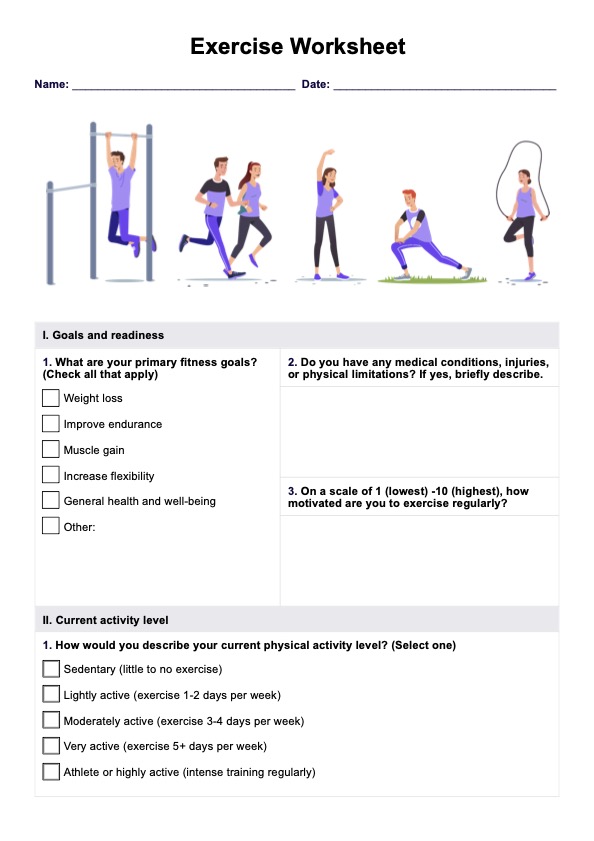
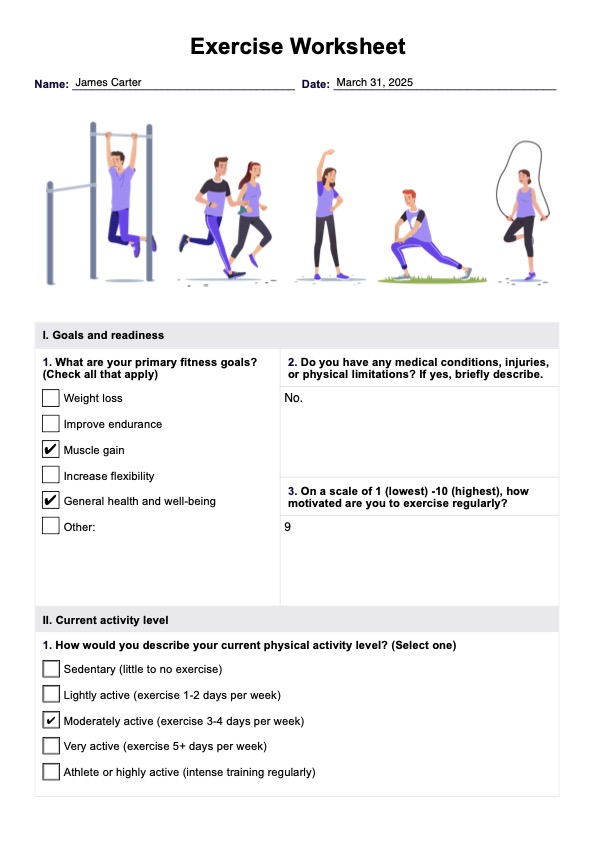

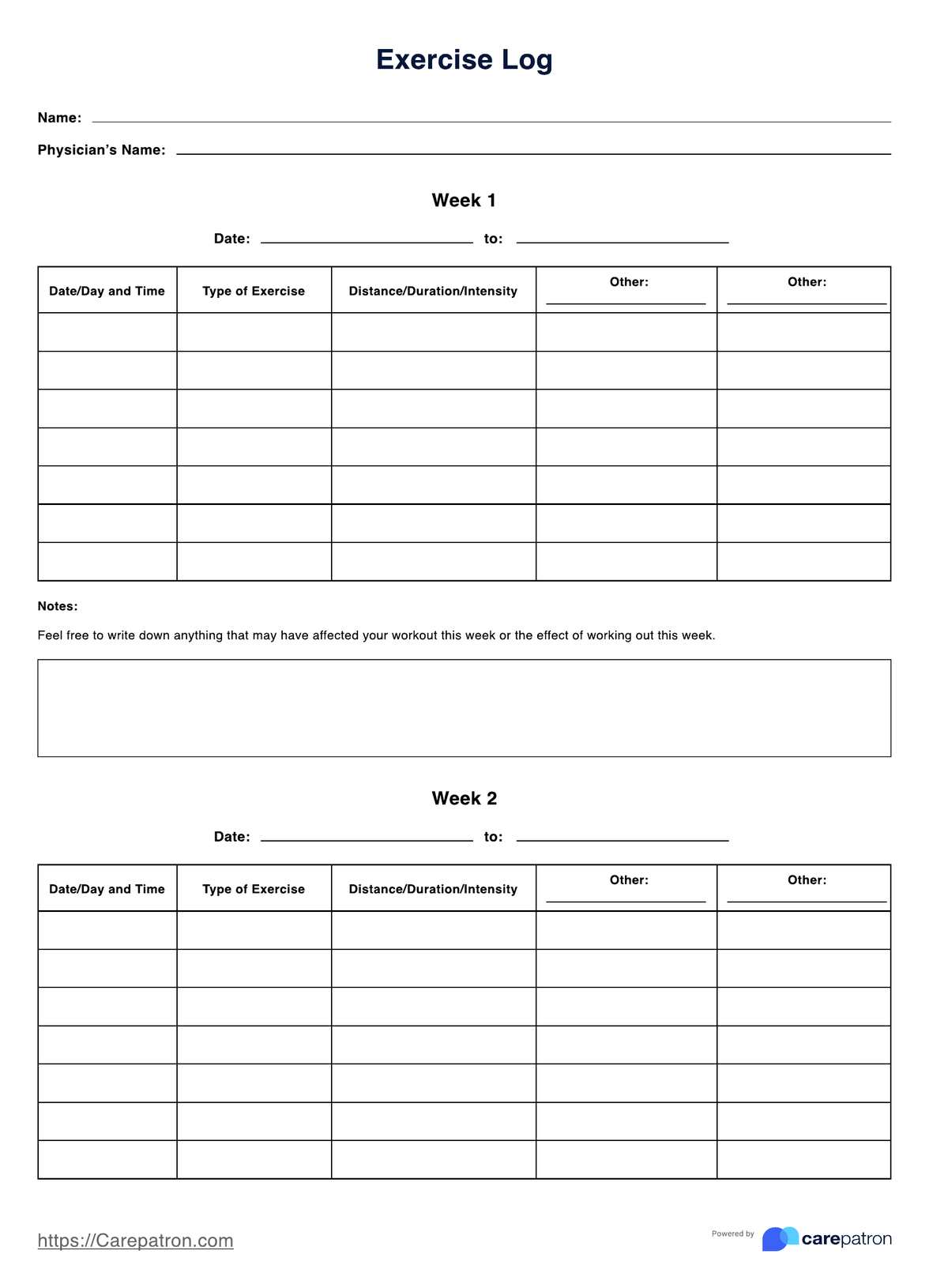
















-template.jpg)































































